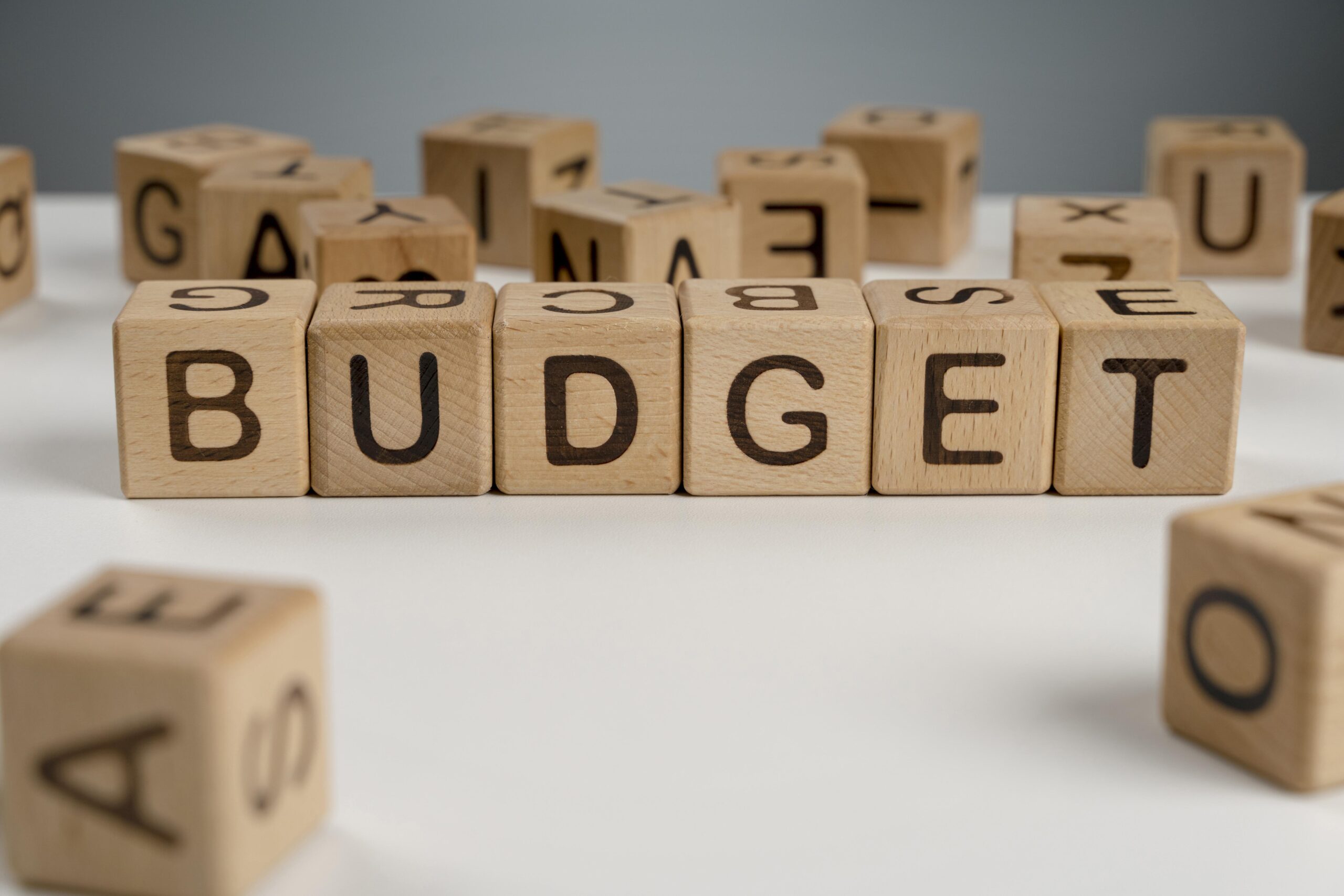Table of Contents
ToggleCrafting a Monthly Budget That Works: A Comprehensive Guide

Introduction:
Creating a monthly budget is a fundamental step towards financial stability and success. Yet, for many, the task can seem overwhelming or daunting. However, with the right approach and strategies, developing a budget that aligns with your financial goals and lifestyle is entirely achievable. In this comprehensive guide, we’ll explore practical steps and techniques to help you craft a monthly budget that works for you.
Understanding the Importance of Budgeting:
A financial plan fills in as a guide for dealing with your funds successfully. It provides clarity on your income, expenses, and financial priorities, empowering you to make informed decisions about your money. Whether you’re aiming to pay off debt, save for a big purchase, or build an emergency fund, a well-crafted budget lays the foundation for achieving your financial goals.
Step-by-Step Guide to Creating a Monthly Budget
Assemble Monetary Data: Begin by social affair all pertinent monetary data, including pay sources, bills, bank articulations, and receipts. Having a clear picture of your financial situation is crucial for creating an accurate budget.
1. Calculate Your Income:
Determine your total monthly income from all sources, including wages, salaries, bonuses, freelance earnings, and any other sources of income. If your income varies from month to month, use an average to estimate your monthly income.
2. List Your Expenses:
Make a list of all your monthly expenses, categorizing them into fixed and variable expenses. Fixed expenses include recurring bills such as rent or mortgage payments, utilities, insurance premiums, and loan payments. Variable expenses are discretionary spending items like groceries, dining out, entertainment, and shopping.
3. Track Your Spending:
Track your spending for at least one month to identify where your money is going. This can be done manually by keeping receipts and recording expenses or using budgeting apps and software that automatically categorize your transactions. Understanding your spending habits is essential for creating a realistic budget.
4. Differentiate Between Needs and Wants:
Differentiate between needs and wants to prioritize your spending. Needs are essential expenses required for survival, such as housing, food, and healthcare, while wants are non-essential items or experiences. Focus on covering your needs first before allocating funds towards wants.
5. Set Financial Goals:
Establish short-term and long-term financial goals that align with your values and priorities. Whether it’s paying off debt, saving for a vacation, or building an emergency fund, setting specific, measurable, achievable, relevant, and time-bound (SMART) goals provides motivation and direction for your budgeting efforts.
6. Allocate Your Income:
Allocate your income to cover your expenses while prioritizing your financial goals. Start by covering your fixed expenses, followed by your variable expenses and savings goals. Aim to allocate a portion of your income towards savings and debt repayment to build financial security and stability.
7. Use Budgeting Tools:
Utilize budgeting tools and resources to streamline the budgeting process and track your progress. Budgeting apps, spreadsheets, and online calculators can help you create and manage your budget effectively, providing insights into your spending habits and financial trends.
8. Review and Adjust:
Regularly review your budget to track your progress and make adjustments as needed. Life is unpredictable, and unexpected expenses or changes in income may require you to adapt your budget accordingly. By staying flexible and proactive, you can ensure that your budget remains effective in helping you achieve your financial goals.
Tips for Success
Be realistic: Set realistic expectations and goals based on your income and expenses.
Be flexible: Life happens, and your budget may need to adapt to changing circumstances.
Be focused: Adhere to your financial plan and try not to overspend on insignificant things.
Be patient: Achieving financial goals takes time and perseverance, so stay committed to your budgeting journey.
Conclusion:
Making a month to month financial plan that works requires cautious preparation, discipline, and devotion. By following these practical steps and techniques, you can develop a budget that aligns with your financial goals and lifestyle, setting you on the path towards financial freedom and success. Keep in mind, planning isn’t about limitation or hardship; it’s tied in with making cognizant decisions with your cash to make the existence you want. Begin little, remain reliable, and praise your advancement en route. With patience and perseverance, mastering budgeting will empower you to take control of your finances and achieve your dreams.
